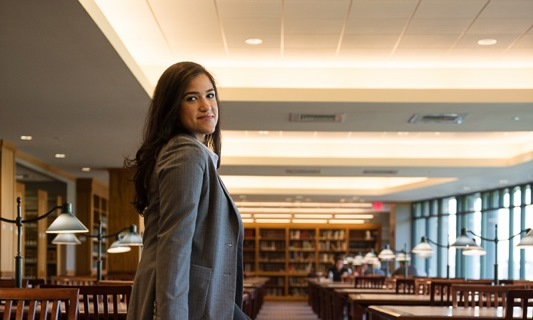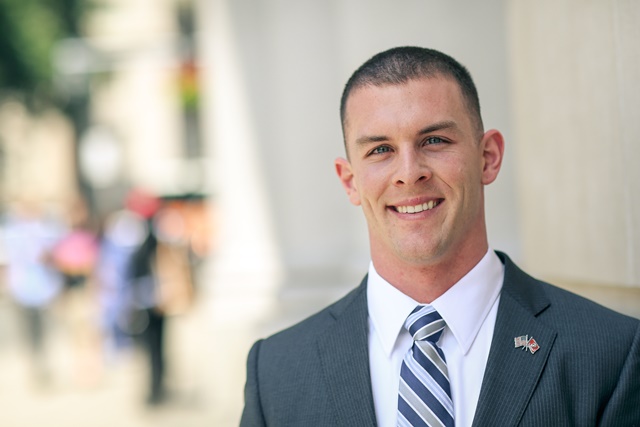By Ragini Shah
Clinical Professor Law, Suffolk Law School
1. Can the President take executive action on immigration? Isn’t immigration law exclusively in the hands of Congress?
Executive action is well within the President’s powers. Republicans in Congress have decried the executive action as going beyond the President’s powers and infringing on Congressional power.
This is essentially a constitutional debate centered on the first two articles of the U.S. Constitution that allocate power to the legislative and executive branches. Supreme Court cases dating back to the 1800s make clear that, while only Congress can make laws governing immigration, it is the executive branch’s prerogative to set priorities and implement immigration policy within the boundaries of those laws. In this case, Congress has set out the criteria for who can be deported in the Immigration and Nationality Act (“INA”). Within the categories set up by the INA the executive branch headed by the President has the authority to set priorities and allocate resources. This is known as prosecutorial discretion. By determining that a specific set of people are a low priority for deportation, the President is acting within his authority.
2. But doesn’t this executive order do more than set deportation priorities? It seems to allow certain people to stay in the U.S.
The executive order instructs the Department of Homeland Security to defer the removal of certain individuals. This action, known as “deferred action” results in the person being granted work authorization during the deferral period. Granting work authorization is another exclusively executive branch function. Thus, the President is acting within the limits of his authority by only deferring the removal of certain groups and by granting them work authorization.
3. What is the difference between deferred action and a new visa category?
Despite Congressional leaders’ comments to the contrary, President Obama has not created a new visa category in his recent executive order. Visa categories allow a person to remain in the United States for the stated term of the visa, or in the case of immigrant visas (or “green cards”), permanently until the person violates the term of his or her visa. Deferred action, in contrast, is only a safeguard against deportation. It does not grant any legal status.
4. Isn’t it unfair to allow these 4 million people to jump to the head of the line while so many others are waiting patiently for immigration status?
Deferring removal for certain categories of people does not have any impact on the people waiting for their immigrant visas. The “lines” that people talk about with respect to immigration come from a mix of quotas—both the quotas for each immigrant visa and the quotas for people coming from the same country. So, for example, if a person from Nigeria wanted to enter the United States to work for a biomedical company, her line would be determined by the visa category for which she was eligible and the number of other people from Nigeria applying in that category. The President’s plan would only effect people already in the United States who have no criminal history and children who are US citizens or lawful permanent residents. And remember, that the executive order does not create a visa category. Thus, the new policy does not impact the scientist from Nigeria, nor does it create a faster path to citizenship for a new group of people.
5. Won’t this cause an increase in the number of people who try and come to the United States? It seems like that is what happened with DACA and the surge of unaccompanied minors from Central America.
There is no evidence linking the passage of Deferred Action for Childhood Arrivals (DACA) to the increase in young people coming to the United States from Honduras, El Salvador and Guatemala. This is something that Congresspersons started to say this summer but quickly stopped saying when it became clear that there was no connection. As in most cases of unauthorized migration, the reasons that people come to the United States have more to do with conditions in their home countries than U.S. immigration laws. Researchers in these countries point to the increase in gang activity and violence as the reasons why young people began fleeing to the United States in large numbers. In addition, the young people who arrived this summer were not eligible for DACA. Similarly, anyone who comes to the United States now would not be eligible for relief under the new deferred action policy.
Professor Shah is Director of Clinical Programs, teaches Immigration Law and founded Suffolk Law’s Immigration Clinic, in which our students represent low-income non-citizens facing deportation.












Follow Us